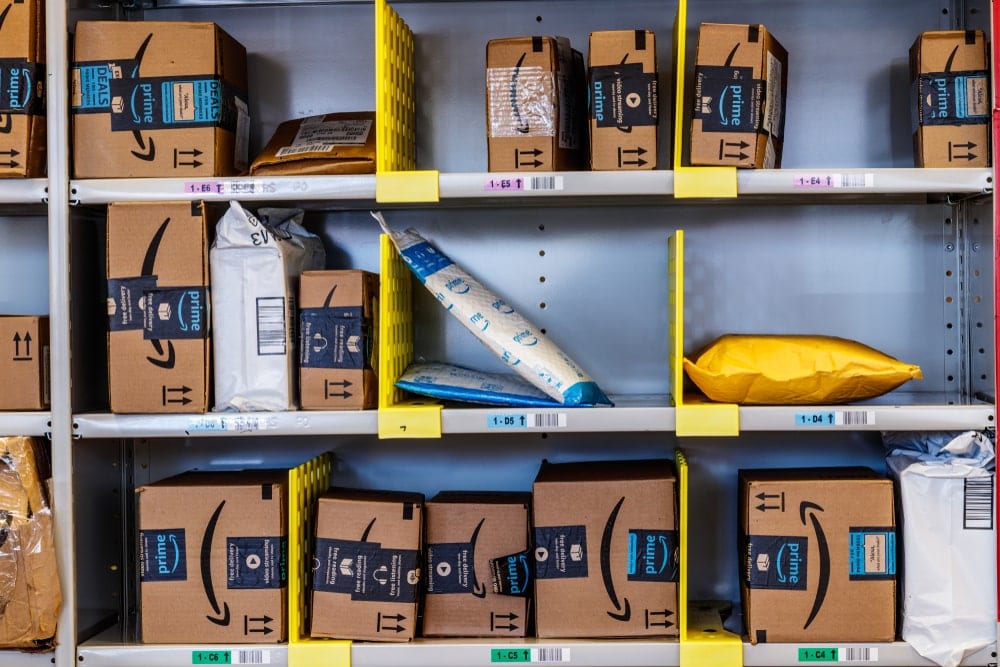
Prime Day Tries to Stoke Up Summer Ecommerce
So, are you all set for the big day?
If you shrug your shoulders and look mildly confused, you’re forgiven; July 15th is not typically a day of great note… yet. Amazon would like to change that, however, as it seeks to set the date in stone as Prime Day.
Under the banner of celebrating the company’s 20th anniversary, Prime Day is the latest in a line of members-only promotions and services that Amazon hopes will win over new subscribers. Billed as an event “bigger than Black Friday,” it’s fair to say that the company has high hopes of cornering the calendar on this one.
Prime Day: Do We Need a New Black Friday?
Make no bones about it, the e-commerce giant is serious about becoming the consumer’s one-stop shop for online purchases.
After raising the question late last year as to whether retailers had jumped the shark with fabricated discount days, it’s clear which camp Amazon falls into.
Clearly, there’s some indication that it felt the same about the seasonal holiday rush to deep discounts. The answer from Bezos and co, however, is not to curtail these celebratory sales events, but rather to spread them out.
Somewhat inevitably, Amazon won’t be alone in this endeavor. Walmart has already entered the fray with something it’s calling “atomic deals,” and others are expected to follow.

Whether they can make the July 15th deadline is another matter, but there’s plenty of summer left yet and you can bet your bottom dollar that retail marketing managers around the country are in meetings this week to plan their respective responses.
Interestingly, Amazon seems to have been inspired to hold Prime Day by competitors both existing and emerging.
On the major player side, Alibaba’s Singles Day has been a growing sales event in China since 2009. With the company’s successful IPO last year on the New York Stock Exchange, Alibaba clearly has ambitions to become more of an influence in Amazon’s home market and the wider international stage.
On the start-up side, jet.com is set to launch next week. The club savings site is run by Amazon alumnus Marc Lore, who has a history of rattling his former employer’s cage and is basing much of the site’s appeal on discounts that are deeper even than Amazon’s.
Whether it’s celebration or competition that gave birth to Prime Day, the end result is the same: a speeded-up schedule for the e-commerce price wars, with all of the pluses that come with it for consumers, but also plenty of associated negatives for smaller-scale retailers.
At the Other End of the Scale
For smaller brands, the current retail landscape is less clear. Unable to compete in a long-term price war with the giants, who can afford to accept heavy losses on select products to win the wider war for consumers, they must fall back on other competitive distinctions.
Quality of service and depth of knowledge in a specific niche still offer an opportunity to give customers something they can’t find in mass services, and some are willing to pay for that quality regardless of the discounts that are on offer elsewhere.
A price squeeze is inevitable as discount competition hots up, but it doesn’t spell the end for smaller brands in general.
There are always brands that will find a loyal customer base when they stay true to a core value or service offering. With a targeted strategy and tight operation, it’s possible to emerge from whatever dust Prime Day and its peers stir up, stronger and more focused on what it is that makes your business special to consumers.